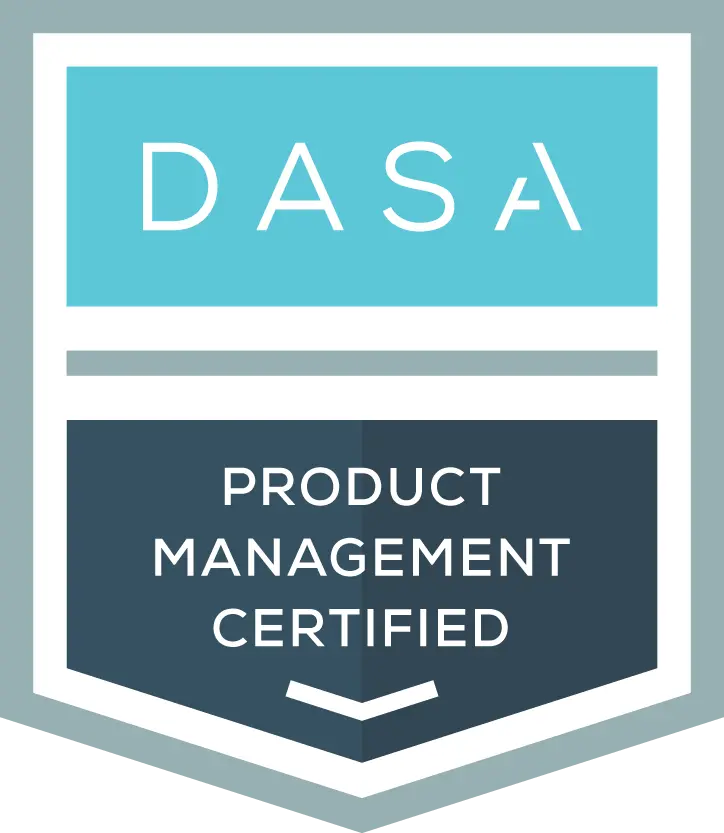Product management involves navigating different types of situations, some predictable, others not so much. The Cynefin framework comes in to help product managers understand the nature of the problems they’re facing and choose the best course of action.

- Cynefin categorizes situations into four domains: Clear, Complicated, Complex, and Chaotic. In fact, there is also a fifth domain, called Confused in the middle. It is used to describe the context when it is not known which of the other 4 domains is most applicable to the context. Each domain calls for a different approach.
- Clear contexts are clear-cut. Cause-and-effect relationships are well-established, so tried- and-tested solutions can be applied.
- Complicated contexts involve more variables, but there are still patterns to be identified. Here, analysis and best practices are key.
- Complex contexts are messy. There’s no single “right” answer, and solutions emerge through experimentation and learning. This is where a lot of product development happens.
- Chaotic contexts are unpredictable and require immediate action to establish order. By recognizing which domain a situation falls into, you, as product managers can make better decisions about:
- What information to gather: In complex situations, extensive research might not be helpful. Rapid experimentation might be more productive.
- How to approach problem-solving: Complex situations demand iterative cycles of exploration and adaptation.


DASA Product Management
DASA Product Management offers a strategic approach to product management, equipping participants with the skills necessary for leading strategic alignment of product vision with business goals, market analysis, and lifecycle management, fostering a product-centric mindset.


